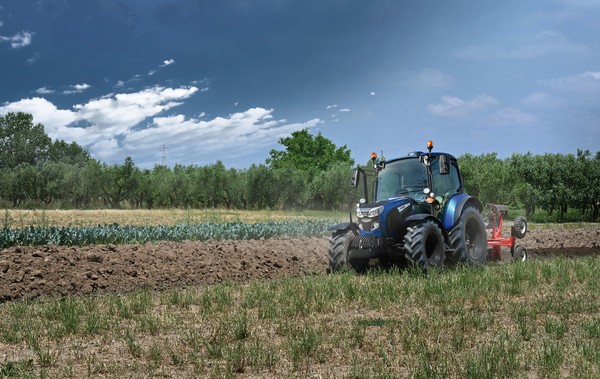
International market: a complex scenario
Tractor sales figures for August and September show different trends from country to country. While the United States shows a decline compared to last year, India is still growing, while Europe as a whole shows a downward trend that could become more pronounced in the last months of the year. Economic uncertainty and geopolitical tensions still linked to inflation and the war in Ukraine, is aggravated by the new conflict that erupted in the Middle East
It is now more difficult than ever to analyse the agricultural machinery market and predict its short-term development. After experiencing an expansive phase in 2021, with the end of the Covid emergency, confirmed in 2022 with high sales volumes globally, the tractor market today looks very different from country to country.
The largest market in terms of quantity, India, continues to grow, and after having reached a record 912,000 tractors sold in 2022, in the first half of 2023 it marks a partial of 680,000 (+2.3) units as of September, which hints at a possible new record at the end of the year. Factors related to the cost of raw materials, energy costs, economic uncertainty and geopolitical tensions do not seem to weigh on the Indian market. On the contrary, the US market - which had closed 2022 with a drop of 14.8% compared to the previous year, albeit with a very consistent volume of vehicles sold (271 thousand tractors, compared to the average of 228 thousand that had characterised the four years preceding the Covid pandemic) - recorded a further drop (-8%) in the nine months from January to September this year. For the United States - a leading market in terms of quality of technology and value of machinery sold - the climate of uncertainty linked to the military crisis in Ukraine and tensions with China are weighing heavily on the economic and commercial assets of a country that is both a major importer and exporter of agricultural machinery. While Japan shows a substantial resilience on the levels of recent years, Turkey continues its run of buying agricultural tractors, having had an impressive increase in 2022 5,4% and also showing a surplus of around 34.6% in the first eight months of this year.
Lastly, the European market - monitored by the CEMA Manufacturers' Committee - recorded an overall drop of 4.5 per cent in the nine months from January to September, with 117,300 agricultural tractors registered. Although with different performances from country to country - sometimes due to the presence or absence of public purchase incentives - the overall drop in sales in the 'old continent' is to be put in relation to the increase in the cost of machines due to inflation, and promises not positive developments in the face of rising interest rates that make access to credit less convenient. While in some markets there were markedly positive trends - such as Great Britain (+4.7%), the Balkan countries (Croatia, Serbia and Montenegro, Bosnia Herzegovina) and Scandinavia (Finland and Sweden) - in some important markets sales were in line with those of the previous year (in the nine months, France recorded a 1.1% profit for tractors and Germany 1.3%); while Italy (-11.3%), Spain (-17.3%) and Austria (-6.5%) are in sharp decline.
Making a forecast for the end of the year is therefore complicated, since the factors influencing the cost of raw materials are still persistent, particularly in a scenario that sees the outbreak of a new conflict in the Middle East around the Israeli-Palestinian question, which risks shaking a geopolitical order and a system of economic and commercial exchanges and partnerships that has already shown its fragility on several occasions.








